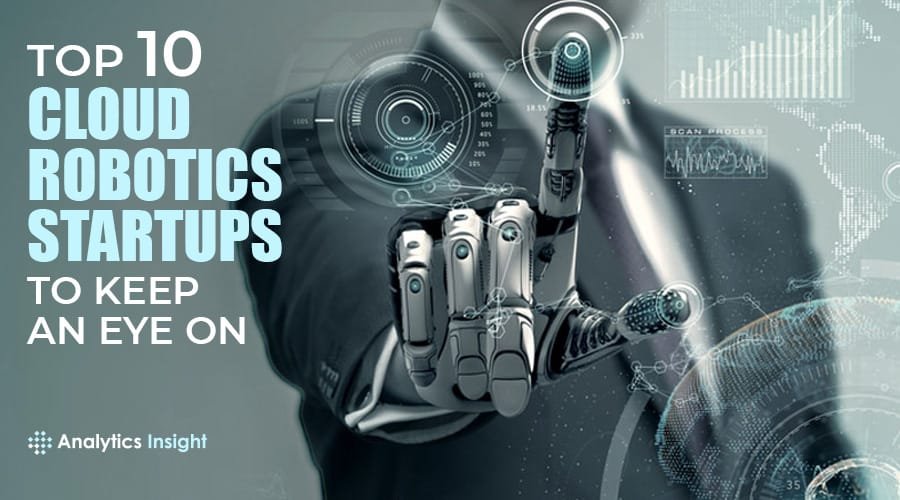Source: sme.org
The dynamic intersection of manufacturing and automation has positioned the industry at an exciting crossroads.
By implementing automation technology and installing robots throughout their production processes, industrial businesses enable their human employees to dedicate time to more intellectually demanding projects, improve quality, reduce risks associated with dangerous tasks, and lower overall operational costs.
According to the NASDAQ Artificial Intelligence & Robotics report, industrial businesses spent $11 billion on robots installed across the globe in 2015. This year, the International Federation of Robotics (IFR) says global sales will hit a new record of $16.5 billion.
More than 2.4 million industrial robots are currently operating in global factories. Between 2020 and 2022, another almost 2 million new industrial robots will be installed.
With 2020 poised to become the year of Industry 4.0, we’ve been keeping a close eye on sourcing trends for automation and robots as their adoption continues to gain momentum.
Our team at Thomasnet.com, the industry’s largest and most active buyer/supplier network, has been closely monitoring sourcing activity for Industry 4.0-related technologies and components. Our data shows that sourcing has increased for automation equipment by +137.8 percent year- over-year (YOY), for manufacturing automation equipment by +184.6 percent YOY, and for automation engineering services by a massive +284.7 percent YOY.
Relatedly, sourcing for robots has jumped +91.4 percent YOY, with sourcing for robotics growing similarly, yet more cautiously, at +26.5 percent YOY.
Since their initial installation into industrial settings, robots’ capabilities have increased tremendously, empowering manufacturers to implement the technology across varying industrial sectors and production phases. Now more user-friendly and intuitive, manufacturers can independently install and update their robots and automation technology more easily than years ago.
As labor becomes increasingly expensive, the skills gap grows, and the cost of robots drops, automation technology also presents industrial business leaders with alternative labor options. Robots are unwaveringly willing to conduct tasks otherwise dangerous to a human worker, and they can complete monotonous tasks more quickly and consistently than their human counterparts.
This isn’t to say, though, that robots will be completely replacing human employees; There are currently only 99 robots per 10,000 employees in the manufacturing industry, according to the IFR.
While many smaller markets are quickly recognizing the benefits and beginning to incorporate such technologies into their operations, major growth in these sectors worldwide has been primarily fueled by the:
Automotive market: As automotive production becomes increasingly complex, competitive, and individualized, the utilization of automation and robots in its production processes will continue; the sector was responsible for 30 percent of all robot installations in 2018. The U.S. ranks fourth on the global scale, installing 15,246 units in 2018.
Electrical/electronics market: With 25 percent of all 2018 installations occurring in this sector, the electrical and electronics market has seen a substantial boom and is vying with automotive to take the top spot.
Metal & machinery market: Rounding out the top three sectors for robot installations with a 10 percent share, this market installed 43,500 units in 2018.
While only 8 percent of U.S. companies have already implemented robotic systems, 24 percent say they plan to incorporate autonomous robots and assistance systems within the next two to five years; 20 percent plan to do so even sooner within the next 12-24 months.
We anticipate a slowdown in sourcing for these sectors in the foreseeable future driven by the uncertainty of ongoing U.S-China trade tensions and the upcoming U.S. elections but expect continued investments in the long run.

